Resources
Nike Case Study

In 2020, when most companies were busy looking at how to cut costs, Nike decided it was the perfect time to invest in digital, and to branch out of retail stores and into apps. Since then, they’ve reported over 5% fiscal growth and a 19% increase in digital revenue. In the year that they launched their first app, online orders increased by 82%.
Okay: context.
It was during COVID-19, where most stores were closed and brick-and-mortar locations had to figure out how to connect with their customers and still provide them the same great experience as shopping in-store – not an easy task for any brand, especially ones as big and as sprawling as Nike, that also has to deliver the same quality across all of its stores.
With the additional challenges of logistics taken into consideration, Nike had a pretty long road ahead of them, but they’ve managed to pivot what can be a very tricky transition into a global reconstruction of their brand.
When did Nike actually start working on its digital?
Digital initiatives take time to set up. You need the right team, the right approach and, crucially, the technology. It can take years to set up a digital branch of a brand that upholds the same brand ethics and standards that its stores achieve.
Nike started their plans in 2016. It took them four additional years to plan and fine-tune their apps in a way that would work with their existing brands, rather than as an afterthought to their stores – and there’s the big difference.
Apps need to be as much a part of your strategy and brand approach as your logo, your brand tone of voice, and your customer service strategy – more so if you want it to become its own service, such as what Nike wanted to do with their digital branch.
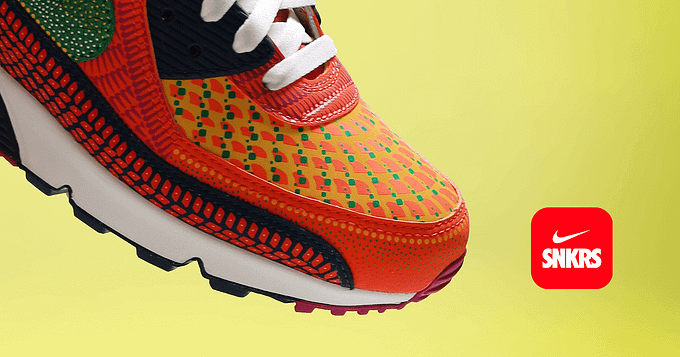
What did Nike do differently with their apps?
Nike’s apps are great: regardless of whether you’re a Nike fan or not, they offer a lot of value for their customers. If you’re a fan, even more so.
Their very first app, SNKRS, published in 2015 (yes, they were experimenting with digital even then!) was actually really built for their superfans: the ones who know everything there is to know about limited release sneakers, and make a point to stock up on the latest collaborations as soon as they arrive. It’s really not an app for every Nike fan – only the ones who buy Nike limited edition sneakers as often as they can. It’s a bold move to make considering that superfans with money is a very niche segment of the overall audience, however, by releasing SNKRS, Nike created this echo effect on the rest of its business.
Limited edition anything is a hot commodity. Combining it with digital just makes it simultaneously easier for your customers to attain, and harder to ignore when they don’t, and when you throw in superfans who will want to keep up with the latest from their favourite brand, you have a successful formula for building an app where even if the audience is small, you can still see a lot of benefit.
Consider: just in 2019 alone, SNKRS generated over $750 million in revenue, or around 20% of Nike’s digital business.
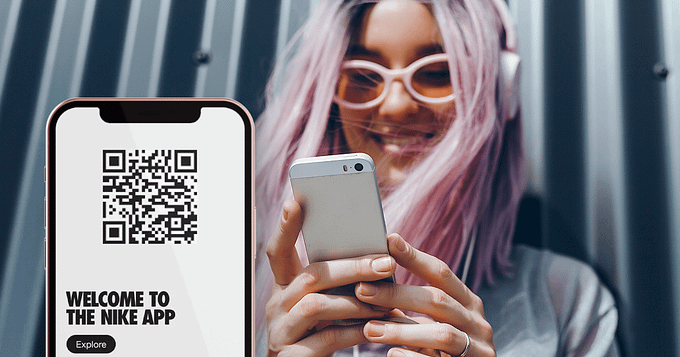
They have other apps. Nike App and Nike Training Club, both of which provide them with a significant amount of customer data – meaning Nike has their finger right on the pulse of what sort of content does best with their audiences, and they can build on that. The Nike App keeps fans updated with footwear, apparel, and member experiences that you can’t get just by visiting the store, creating this idea of exclusivity that is hard to resist for a wider segment of their audience than just the superfans.

The Nike Training Club, on the other hand, gives you free content. Over 200 workouts, both with and without equipment, with special trainers and a variety of time limits to follow. The Nike Training Club is a good idea on two fronts: not only does it build excellent ties between Nike and its consumers, it also brings in new fans that might not have any reason otherwise to invest in Nike over its competitors. It also pairs well with Nike Run Club, their specific running-focused app.
All of these apps give Nike information. What Nike continues to do well is build on it.
Data is crucial for any business. A bigger business has more data, so understanding which of it to follow and which to ignore can get very complicated unless you know what you’re looking for.
Nike keeps an eye on its data, and you can see it even in the way they collaborate with artists to create shoe designs, and then create events to follow up. The Kendrick Lamar shoe launch only appeared to Nike fans living in LA, and gave you instructions on not just how to obtain the shoe, but also to win the opportunity to attend a performance by the artist.
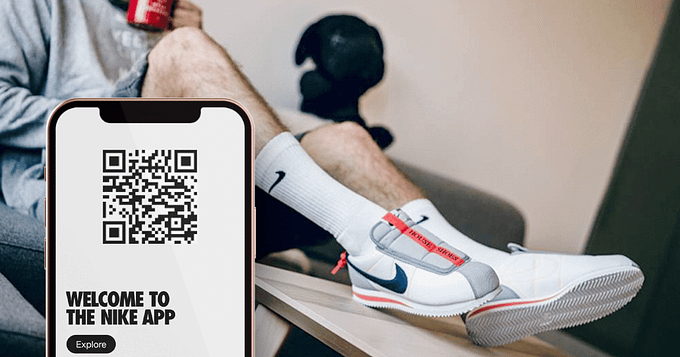
Could Nike’s popularity drop once people are used to the app?
Nike’s popularity could drop for a number of reasons, however it likely won’t be because of the app. The app is providing a service to its consumers that cannot really be replicated in store: from personalising your own sneakers to staying up to date with the latest Nike news, the kind of growth that they’ve achieved using the app is difficult to weaken. Nike, through its apps, isn’t just building an app: they’re building a business that can last through fluctuations in their audiences – and that is likely to keep them going even when people change phones and have to redownload all their favourite apps, which could be a problem if your app isn’t as well-received.
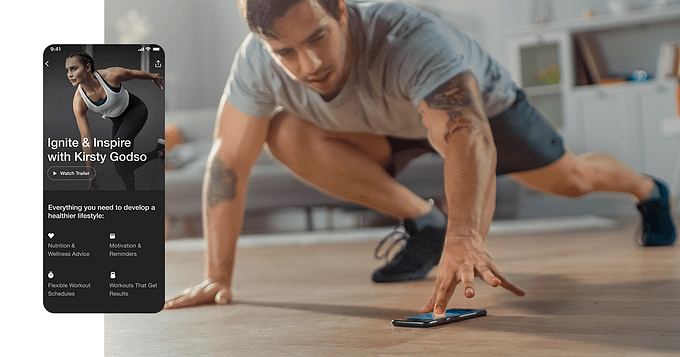
What about Nike’s physical stores? How do they benefit from apps?
It might be surprising to hear but most people shop on mobile devices – after all, you might have your tablet and your phone with you more often than you do your computer, so buying through an app has become second nature. By linking their digital segments with their retail segments, Nike has completely sped up the process of mobile checkout and online ordering, which means people get their orders faster, and they’re more likely to remember the good experience they had using the app and will use it again in the future.
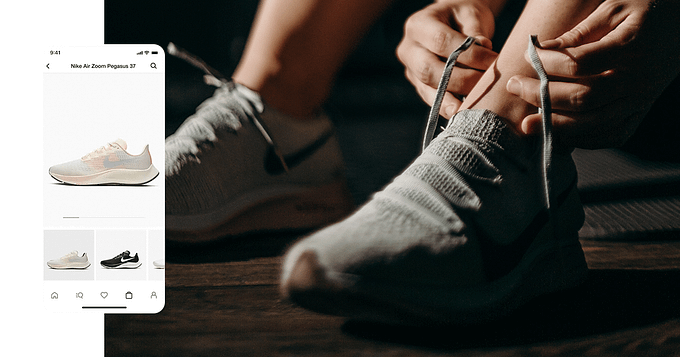
Nike: Takeaways:
There are three lessons you should take away from the Nike digital segment case studies.
- Know your audience.
- Build for your audience.
- Don’t stop building for your audience.
Nike’s every digital move is made to improve on its last, and to continue creating ties between itself and the consumers that populate Nike’s apps. It can afford to provide free content as a way to keep people coming in. It can afford to create niche events that only target the most ardent fans – but it can afford to do all this because it has studied the data that the app provides, and that’s an unmatched way of building a business, not a single app.
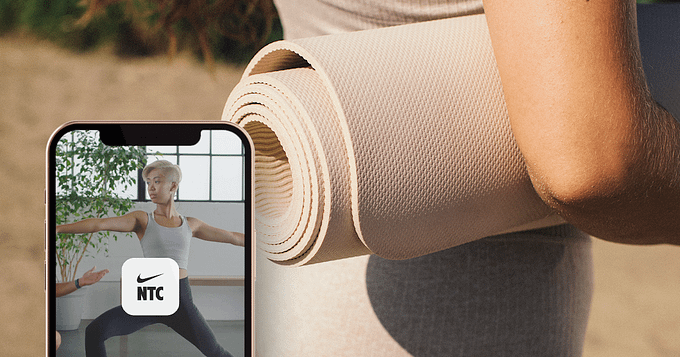
Conclusion
Nike did a lot of research before they invested in their digital segment, and it’s the kind of thing that can be replicated, but it takes a lot of work. To really get the benefit of an app you need to put in the work that goes behind it. As we’ve said before, you’re really not building just a one-time thing: you’re trying to build something that lasts longer and keeps growing.
If you need help on how to build an app that keeps growing with you, we’re happy to help. And if you’re just looking for someone to talk to about apps, we’re also happy to do that. Drop us a line, and let’s talk.